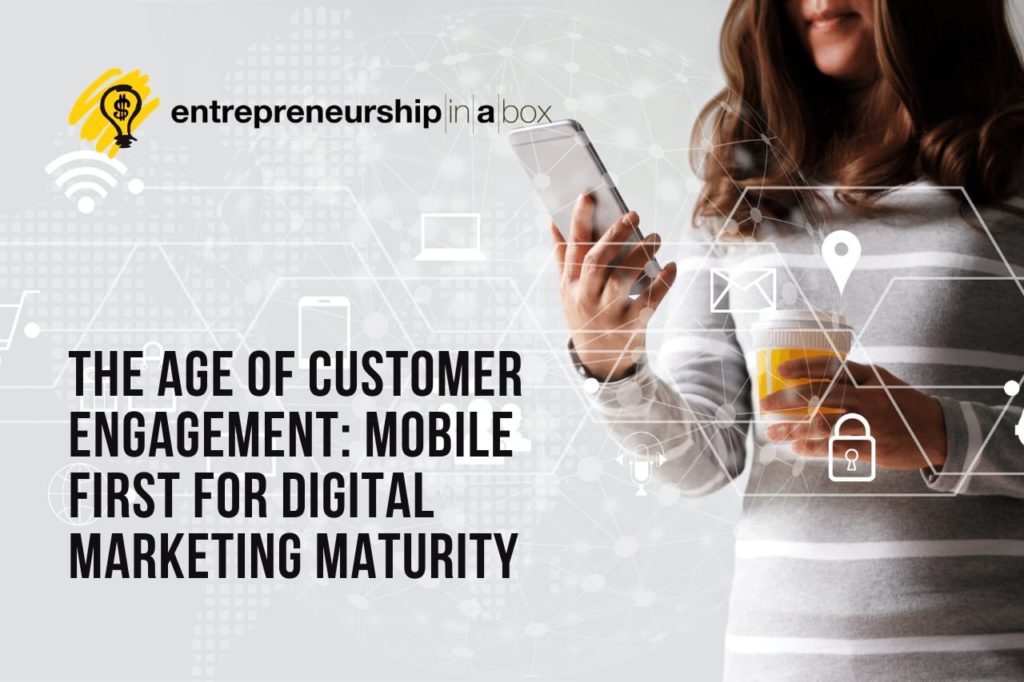Consumer behaviors are ever more erratic, spurred by technology, and worsened by the pandemic. Many customers have moved from offline channels and now buy every item they need online.
Thus, brands are reprioritizing their processes to meet the dynamic needs of shoppers. Attaining digital marketing maturity to meet these ever-changing needs is critical for marketers.
What is Digital Marketing Maturity?
Digital Marketing Maturity (DMM) is a business’s ability to deliver smooth and enjoyable brand experiences online.
The requirement for DMM is genuine, and it is so because many brands in the current era of hyper-connectivity often fail to inspire shoppers. There is a critical need for more meaningful interactions with customers.
Contingent upon how well a brand is prepared in delivering consistent buyer experiences, DMM has four stages:
- Nascent
- Emerging
- Connected
- Multi-moment
The higher the brand’s mastery in delivering quantifiable results and meeting consumer needs, the higher is their DMM. A study by Google and the Boston Consulting Group shows that a multi-moment DMM level leads to 30% cost savings and a 20% increase in company revenue.
The State of Digital Marketing Maturity
The study found that advertisers’ main priorities in the beginning phases of DMM are rather generalistic and unfocussed. In the multi-moment stage, marketers target highly actionable objectives in customer engagement.
ECommerce platforms are currently number one when it comes to multi-moment marketing encounters. However, it’s interesting to note that many brands are still in the early phases of DMM, reflecting the critical need for digital growth.
Given the state of DMM, it is interesting to note how marketers are checking and focusing on their marketing objectives.
While getting new customers is the number one goal for digital marketers, strengthening brand reputation and buyer trust are also prioritized in marketing strategies. Expanding brand awareness and retaining existing clients are somewhat the lesser marketing objectives.
Mobile Marketing Maturity Can Help with DMM
As organizations consider their Digital Marketing Maturity in 2021, they must navigate the journey guided by nothing but consumer needs and expectations.
Mobile-first was fast underway even before the pandemic, but the latter has catalyzed the transition. There are now more mobile users than desktop. 92.6 % of all internet users search the web on mobile devices.
In late 2018, Google announced that it was using mobile-first — that is, using a mobile website’s version as the default form to index all of its pages —for the greater part, the website pages featured in their search results.
In July 2019, Google declared that they would use mobile-first as the default for all new web domains.
Their original plan was to switch to mobile-first indexing for all sites by September 2020. However, because of the pandemic and the inevitable impact on businesses, the search engine extended the transition period to March 2021.
Businesses have an imperative to adapt and optimize mobile design, mobile content, and mobile-focused customer interactions. Mobile-first in all simplicity implies that your site’s mobile-friendliness (or lack thereof) affects how you are indexed and ranked in Google search results.
If a website doesn’t have a mobile-friendly version, it implies that Google will index the desktop version. However, a lack of a mobile-friendly version could lead to lower rankings of that site, and a site with a superior mobile experience could get ranked higher in search results.
You may likewise need to think about mobile-first as a source of insight into how the mobile version will be viewed as your site’s primary version.
So, if your desktop and mobile versions are the same — if you have optimized your site and content for both desktop and mobile — the March 21 deadline doesn’t affect you.
The impact of mobile-first goes beyond Google rankings to impact the client experience. SEO experts from Primelis note that failure to optimize for mobile is choosing to ignore 92.6 % of your customers’ needs.
“In 2021, achieving Digital Marketing Maturity for brands requires building Mobile Marketing Maturity through mobile-first site design, mobile-first content, and mobile-first data.”
Brands should use mobile consumer data and experiences to drive their promotion strategies and decision making.
More resources should go into the right technology solutions to deliver seamless and memorable mobile experiences at scale and achieve next-level personalization relying on mobile data analytics. The right path to digital marketing maturity is mobile marketing maturity.





